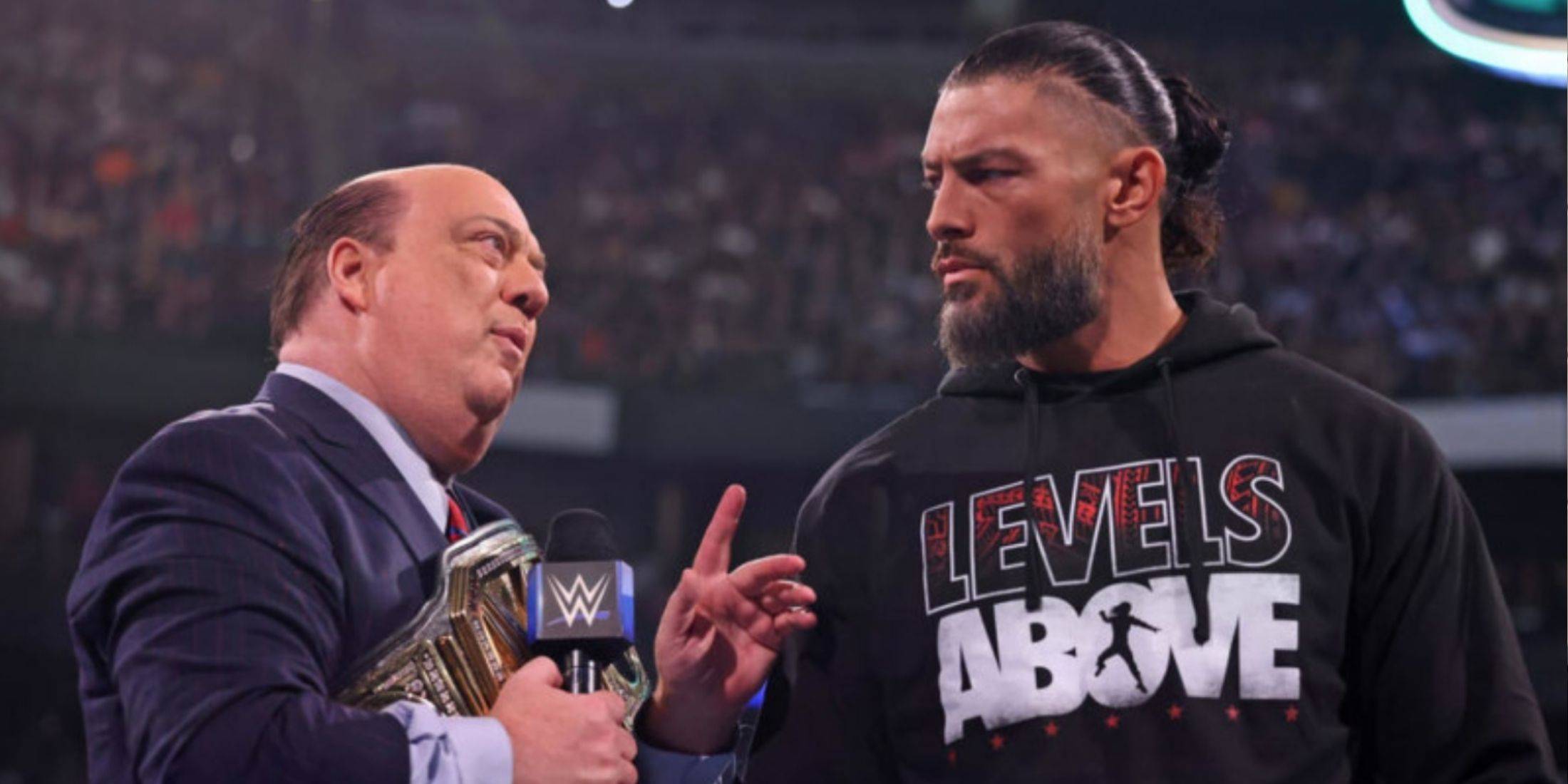Cinderella Turns 75: How the Princess and Glass Slippers Revived Disney
Just as Cinderella's dream was set to end at midnight, so too was that of The Walt Disney Company in 1947, which found itself roughly $4 million in debt following the financial struggles of Pinocchio, Fantasia, and Bambi, exacerbated by World War II and other factors. However, thanks to this beloved princess and her iconic glass slippers, Disney was saved from having to end its animation story prematurely.
As Cinderella celebrates its 75th anniversary of its wide release on March 4, we spoke with several Disney insiders who continue to draw inspiration from this timeless tale of rags to riches. This story not only echoes the journey of Walt Disney himself but also reignited hope within the company and a world in recovery, seeking something to believe in once again.
The Right Film at the Right Time --------------------------------To understand the context, we must revisit Disney's own fairy godmother moment in 1937 with the release of Snow White and the Seven Dwarfs. Its unprecedented success as the highest-grossing film until Gone with the Wind surpassed it two years later enabled Disney to establish its Burbank studio, still its headquarters today, and paved the way for more animated feature films.
Disney's next venture, Pinocchio in 1940, carried a hefty $2.6 million budget, approximately a million more than Snow White, yet it resulted in a $1 million loss despite critical acclaim and Academy Awards for Best Original Score and Best Original Song. This was not a one-off; Fantasia and Bambi also underperformed, contributing to the mounting debt. The primary reason was the outbreak of World War II, triggered by Germany's invasion of Poland in September 1939.
"Disney's European markets evaporated during the war, and films like Pinocchio and Bambi couldn't be shown there," Eric Goldberg, co-director of Pocahontas and lead animator on Aladdin's Genie, explained. "Subsequently, Disney was commissioned by the U.S. government to produce training and propaganda films for the Army and Navy. Throughout the 1940s, the studio shifted to producing what they called Package Films, such as Make Mine Music, Fun and Fancy Free, and Melody Time. These were excellent projects but lacked a cohesive narrative from start to finish."
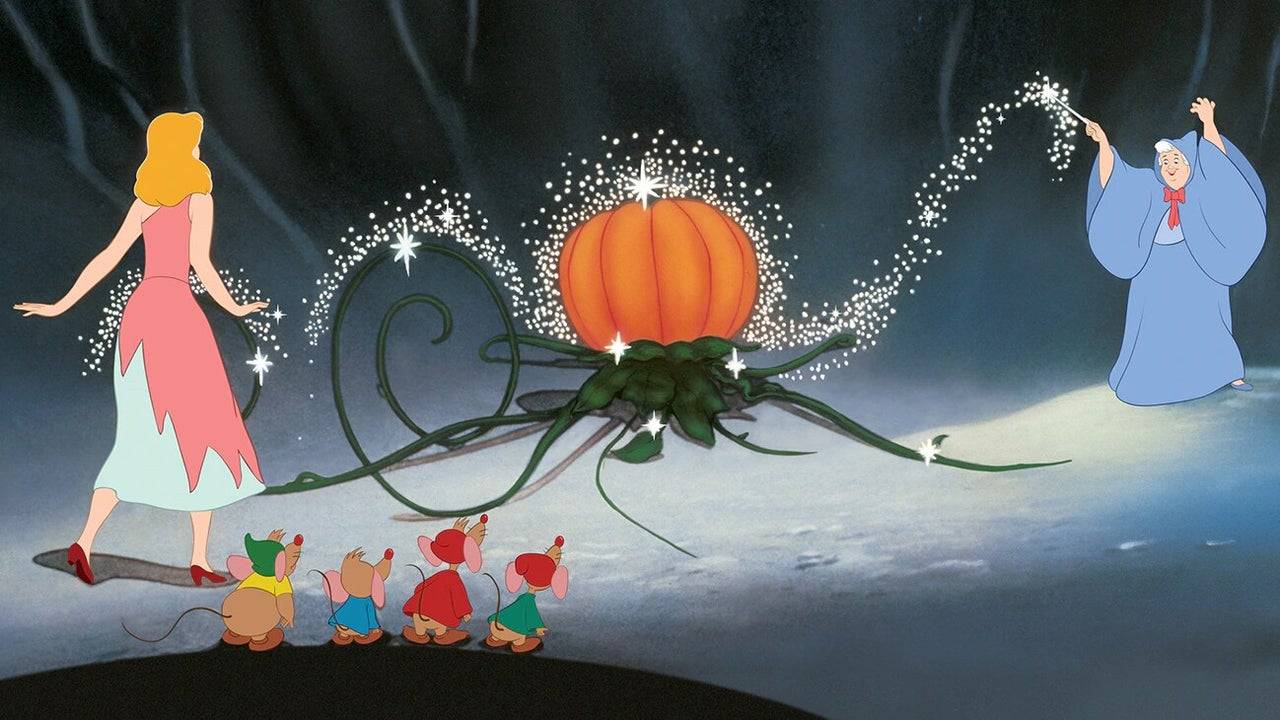
For the uninitiated, Package Films were compilations of short cartoons assembled into feature-length films. Disney produced six of these between Bambi in 1942 and Cinderella in 1950, including Saludos Amigos and The Three Caballeros, which were part of the U.S.'s Good Neighbor Policy aimed at countering Nazi influence in South America. While these films managed to break even, and Fun and Fancy Free reduced the studio's debt from $4.2 million to $3 million by 1947, they hindered the studio's return to producing full-length animated stories.
"I wanted to get back into the feature field," Walt Disney reflected in 1956, as quoted in The Animated Man: A Life of Walt Disney by Michael Barrier. "But it was a matter of investment and time. A good cartoon feature takes a lot of time and money. My brother Roy and I had quite a heated discussion... It was one of my big upsets... I said we're going to either go forward, get back in business, or liquidate and sell out."
Facing the possibility of selling his shares and leaving Disney, Walt and his brother Roy opted for the riskier path, betting everything on their first major animated feature since Bambi in 1942. Failure could have meant the end of Disney's animation studio.
"At this time, Alice in Wonderland, Peter Pan, and Cinderella were all in various stages of development, but Cinderella was chosen as the first film to produce because it shared similarities with the successful Snow White. Walt believed this story could offer more than just entertainment," said Tori Cranner, Art Collections Manager at Walt Disney Animation Research Library. "Walt was adept at reflecting the times, recognizing America's need for hope and joy post-war. While Pinocchio is a beautiful film, it's not joyful like Cinderella. The world needed a story of rising from the ashes to something beautiful, and Cinderella was the perfect film for that moment."
Cinderella and Disney’s Rags to Riches Tale
Walt's connection to Cinderella dates back to 1922 when he created a Cinderella short during his time at Laugh-O-Gram Studios, two years before founding Disney with Roy. This short, along with the feature film, was adapted from Charles Perrault’s 1697 version of the tale, possibly first recounted between 7 BC and AD 23 by the Greek geographer Strabo. It's a classic narrative of good versus evil, true love, and dreams coming true, deeply resonating with Walt.
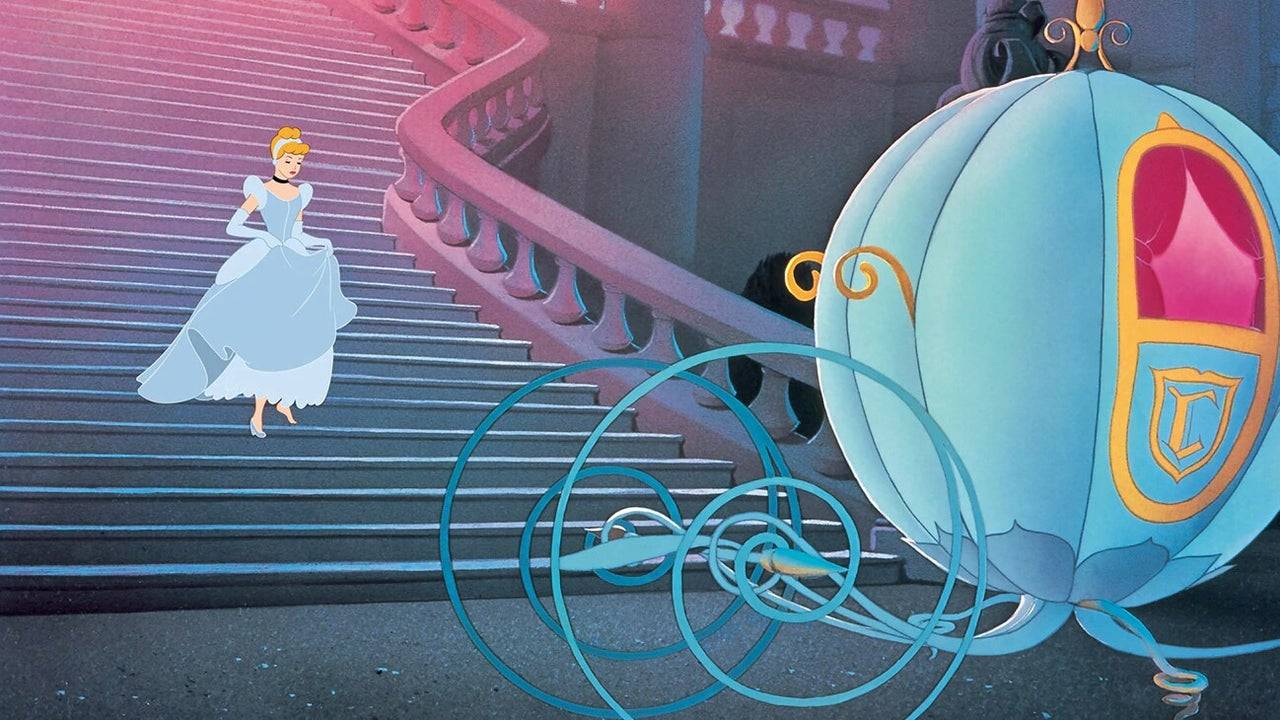
"Snow White was a kind and simple little girl who believed in wishing and waiting for her Prince Charming," Walt Disney remarked in Disney’s Cinderella: The Making of a Masterpiece DVD feature. "Cinderella, however, was more practical. She believed in dreams but also in taking action. When Prince Charming didn't come, she went to the palace and found him."
Cinderella's unwavering spirit, despite her mistreatment by her Evil Stepmother and Stepsisters following the loss of her parents, mirrored Walt's own journey from humble beginnings through numerous failures and challenges, driven by an indomitable dream and work ethic.
This story remained with Walt, leading to a revival attempt in 1933 as a Silly Symphony short. As the project's scope expanded, the decision was made in 1938 to develop it into a feature film. Despite delays due to the war and other factors, the film evolved into the beloved classic we celebrate today.
Cinderella's success can be attributed to Disney's ability to transform these age-old tales into universally appealing stories. "Disney excelled at taking these timeless fairytales and adding his unique touch," Goldberg noted. "He infused them with his taste, entertainment sense, heart, and passion, making audiences connect with the characters and stories even more deeply than in the originals. These tales, often grim and cautionary, were modernized and made enjoyable for all audiences, ensuring their enduring appeal."
Disney achieved this with Cinderella by introducing her animal friends, including Jaq, Gus, and the birds, providing comic relief and allowing Cinderella to express her true feelings, deepening the audience's connection to her. The Fairy Godmother, reimagined by animator Milt Kahl as a bumbling, grandmotherly figure rather than the regal fairy from Pinocchio, became more relatable and endearing, culminating in one of cinema's most iconic scenes: Cinderella's transformation.
The dress transformation scene, often cited as Walt's favorite, showcases the meticulous work of Disney Legends Marc Davis and George Rowley. "Each sparkle was hand-drawn and painted on every frame, which is mind-blowing," Cranner enthused. "There's a subtle moment during the transformation where the magic pauses for a fraction of a second before the dress changes, creating a magical experience."
Another Disney innovation was the breaking of the glass slipper at the film's end, highlighting Cinderella's agency and strength. "Cinderella isn't a blank slate," Goldberg emphasized. "She has a distinct personality and strength. When the slipper breaks, she reveals she has the other one, showcasing her cleverness and control over her destiny."
Cinderella premiered in Boston on February 15, 1950, and was released widely on March 4, becoming an instant hit. It earned $7 million on a $2.2 million budget, outperforming any Disney film since Snow White and ranking as the sixth-highest grossing film of 1950, earning three Academy Award nominations.
"When Cinderella was released, critics raved, 'Walt Disney's back on track!' It was a massive success, reigniting the studio's focus on narrative features," Goldberg said. "The studio regained its momentum, leading to the development of Peter Pan, Lady and the Tramp, Sleeping Beauty, 101 Dalmatians, Jungle Book, and many more, all thanks to Cinderella."
75 Years Later, Cinderella’s Magic Lives On
Seventy-five years later, Cinderella's magic continues to captivate and inspire. Her castle stands as a symbol at Walt Disney World and Tokyo Disneyland, and her influence is evident in the studio's modern classics, such as Elsa's dress transformation in Frozen, directly inspired by Cinderella's iconic scene.
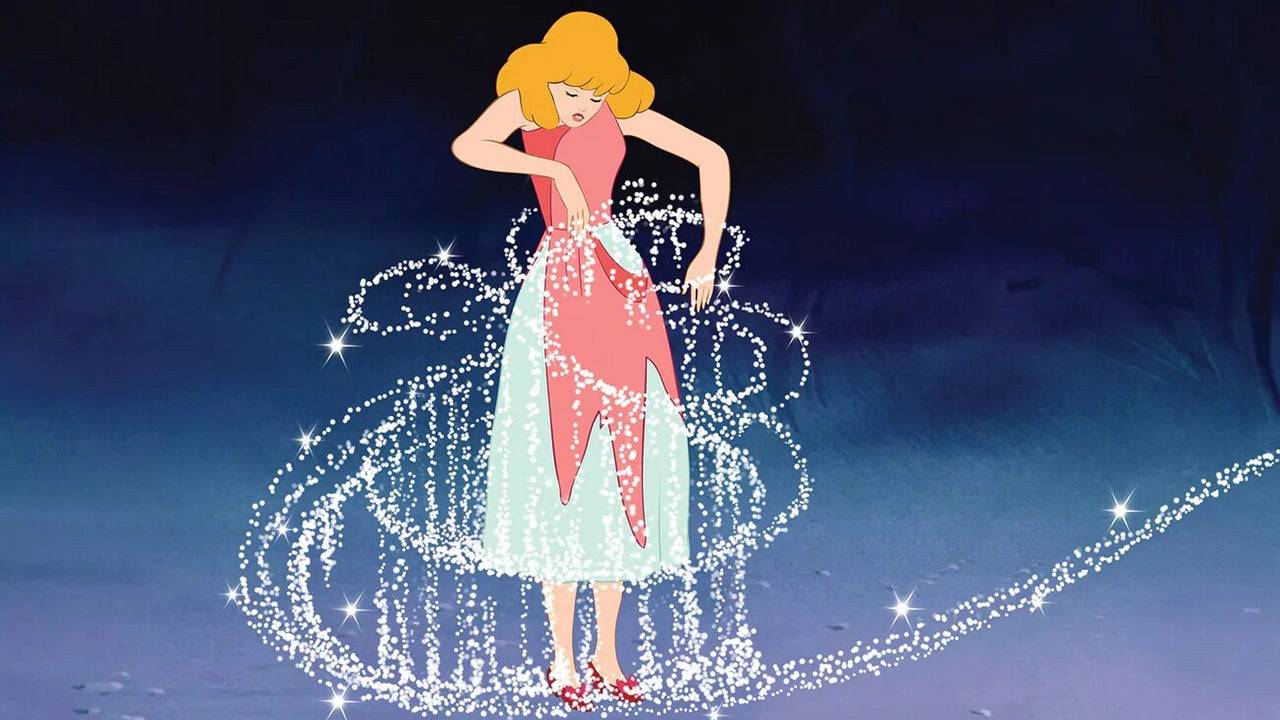
"For Elsa's transformation in Frozen, we wanted to pay homage to Cinderella," Frozen 2 and Wish lead animator Becky Bresee shared. "The sparkles and effects echo Cinderella's legacy, honoring the impact of earlier films."
The contributions of the Nine Old Men and Mary Blair to Cinderella are also noteworthy, adding personality and a distinctive style to the film. Eric Goldberg encapsulates why Cinderella was the perfect film at the perfect time: "Cinderella embodies hope. It teaches that perseverance and strength can lead to hope realized and dreams fulfilled, no matter the era."





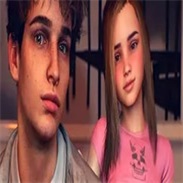

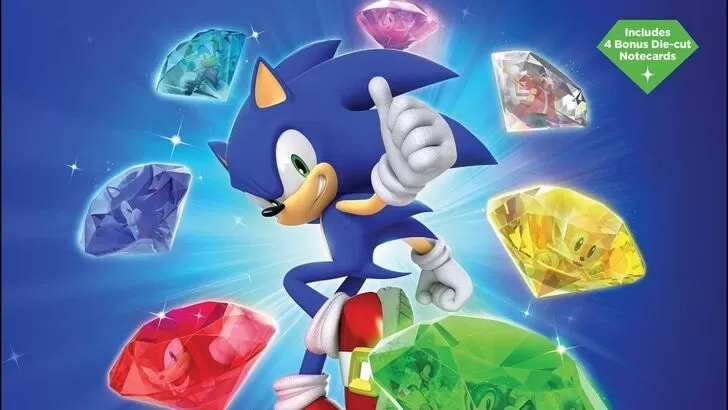


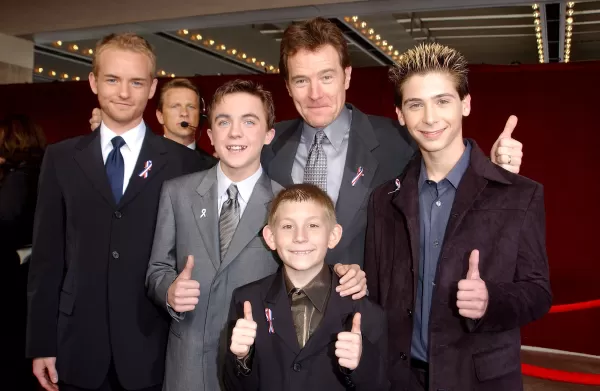
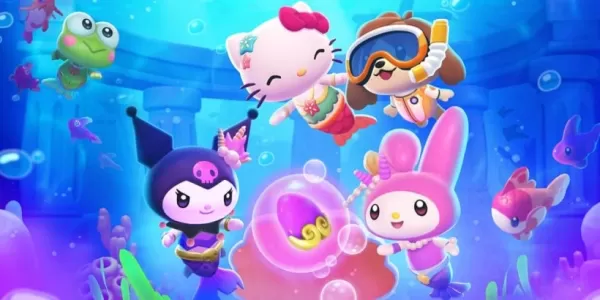

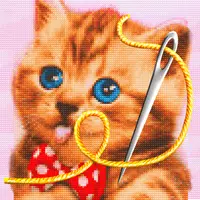

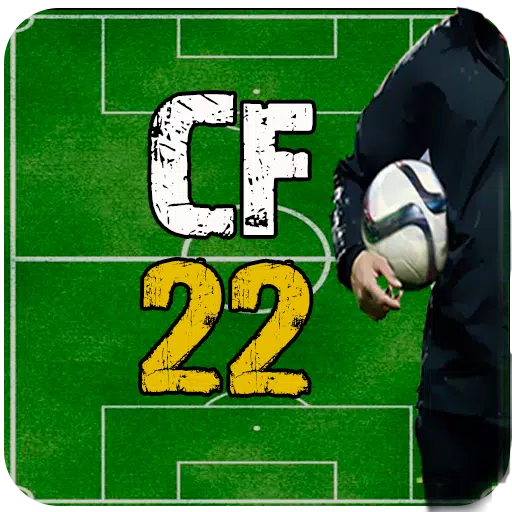
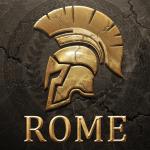

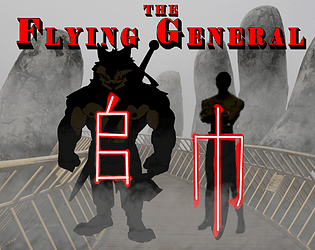

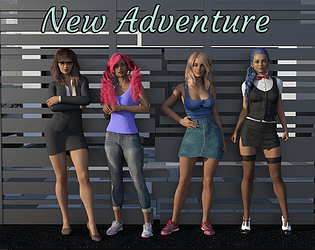


![FurrHouse [Ch. 3]](https://images.dshu.net/uploads/30/1719555089667e54115d59f.jpg)
